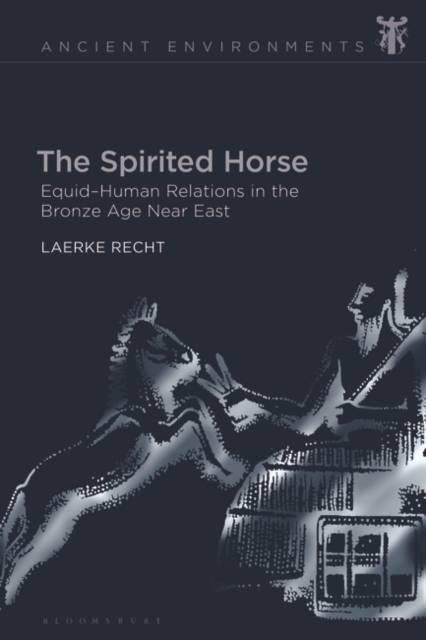
Je cadeautjes zeker op tijd in huis hebben voor de feestdagen? Kom langs in onze winkels en vind het perfecte geschenk!
- Afhalen na 1 uur in een winkel met voorraad
- Gratis thuislevering in België vanaf € 30
- Ruim aanbod met 7 miljoen producten
Je cadeautjes zeker op tijd in huis hebben voor de feestdagen? Kom langs in onze winkels en vind het perfecte geschenk!
- Afhalen na 1 uur in een winkel met voorraad
- Gratis thuislevering in België vanaf € 30
- Ruim aanbod met 7 miljoen producten
Zoeken
€ 203,95
+ 407 punten
Uitvoering
Omschrijving
Presenting a new perspective on human-animal relations in the ancient Near East, this volume considers how we should understand equids (horses, donkeys, onagers and various hybrids) as animals that are social actors. Recht brings together a wealth of new data, including Bronze Age Near Eastern material culture from a range of archaeological contexts with equid remains as well as iconography and texts. She looks in particular at finds of equids themselves from burials, sacred space and settlements alongside associated artefacts such as chariots and harnesses.
This is the first time the agency of animals is recognized. The study is essential reading for prehistorians, archaeologists and those studying early animal domestication, showcasing how humans encounter and interact with other animals, and how those animals in turn interact with humans. Recht outlines the broader implications for human involvement with their environment, both today and in the past, and points to further study in a number of focused appendices.Specificaties
Betrokkenen
- Auteur(s):
- Uitgeverij:
Inhoud
- Aantal bladzijden:
- 264
- Taal:
- Engels
- Reeks:
Eigenschappen
- Productcode (EAN):
- 9781350158917
- Verschijningsdatum:
- 16/06/2022
- Uitvoering:
- Hardcover
- Formaat:
- Genaaid
- Afmetingen:
- 156 mm x 234 mm
- Gewicht:
- 539 g

Alleen bij Standaard Boekhandel
+ 407 punten op je klantenkaart van Standaard Boekhandel
Beoordelingen
We publiceren alleen reviews die voldoen aan de voorwaarden voor reviews. Bekijk onze voorwaarden voor reviews.









